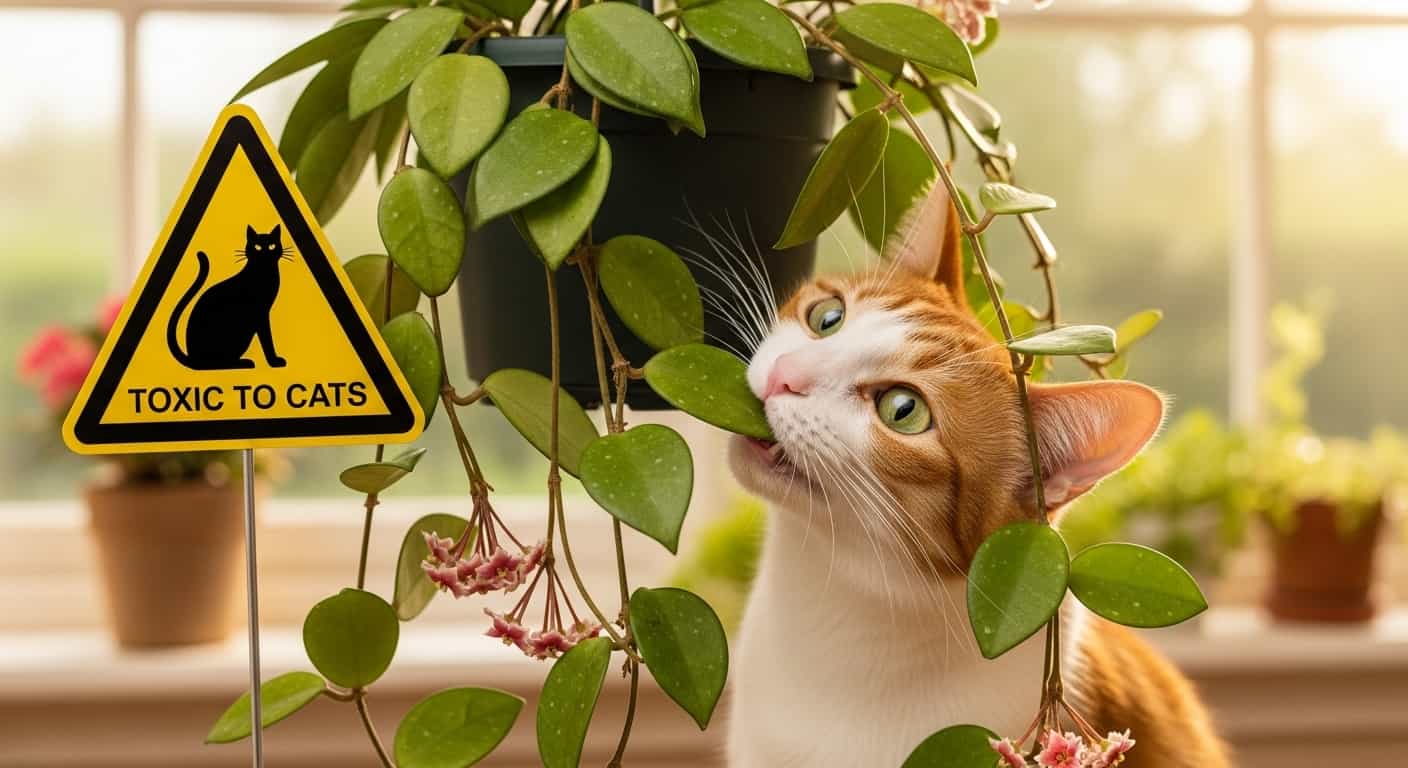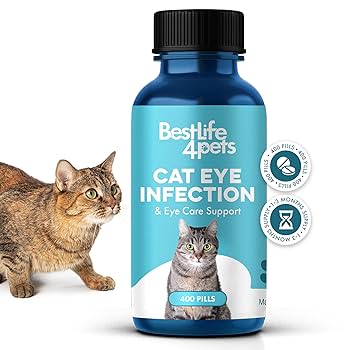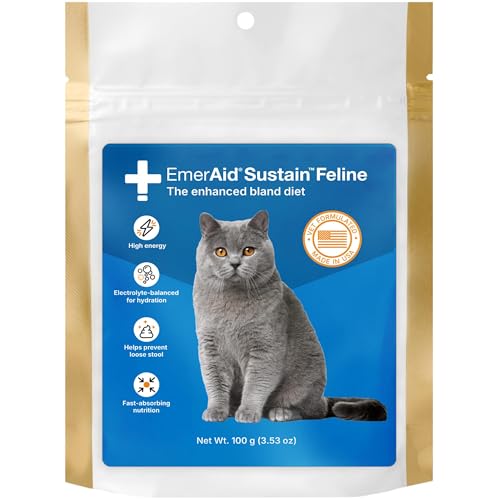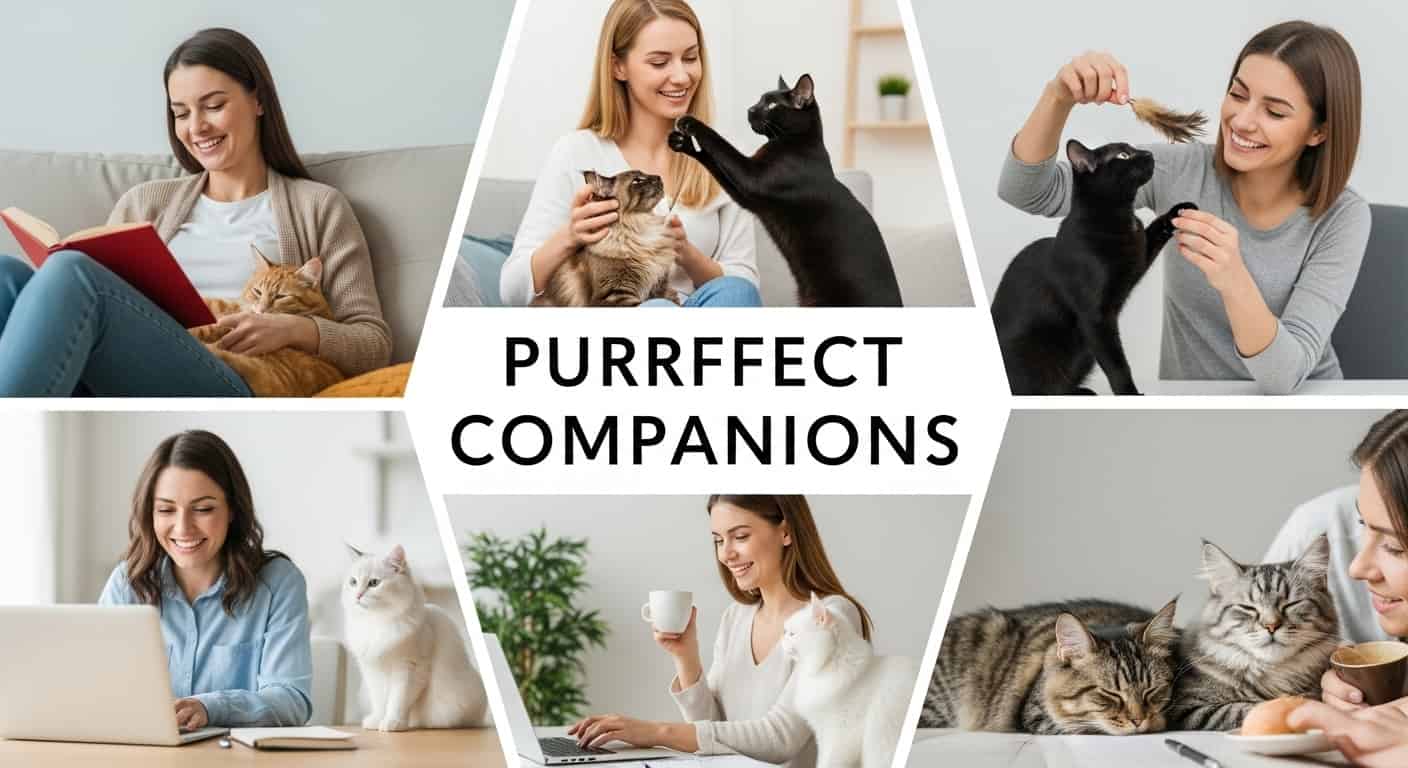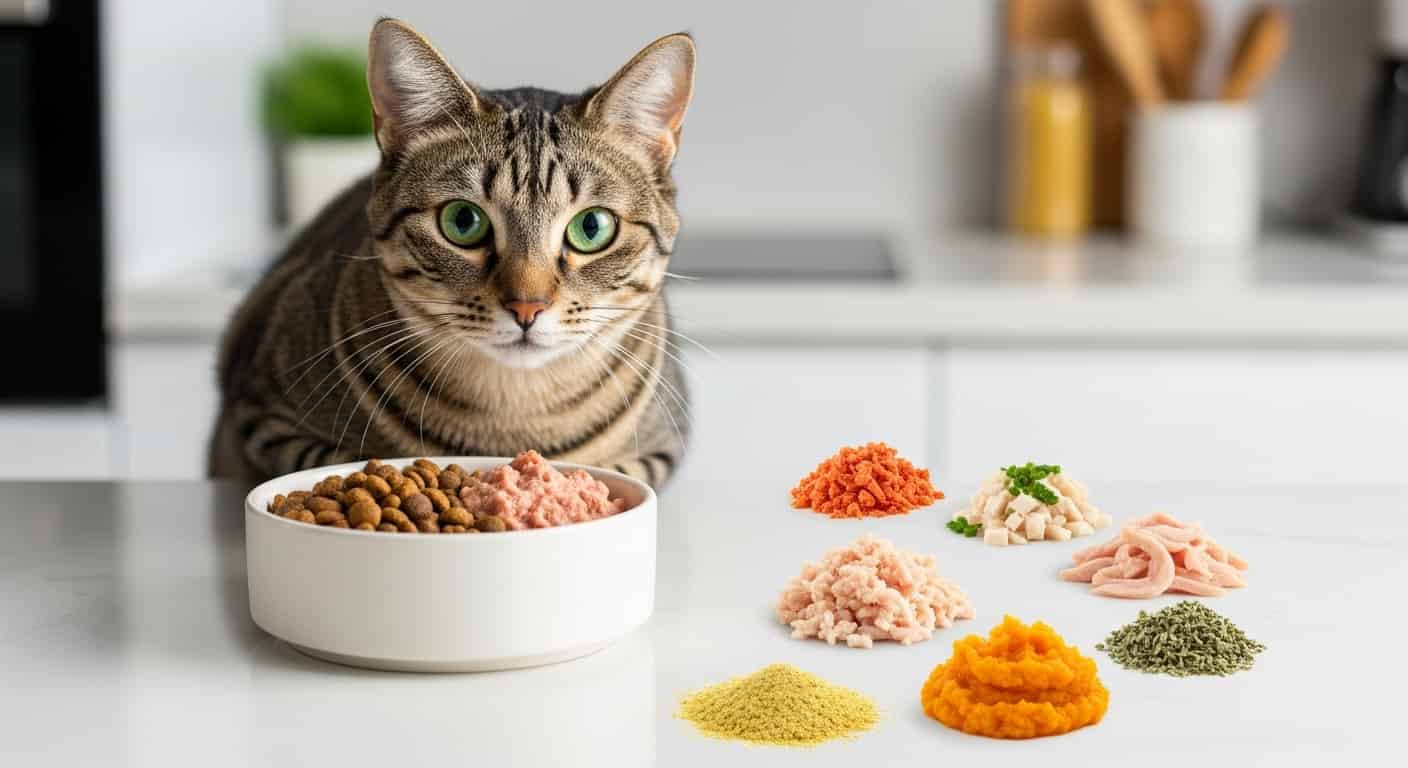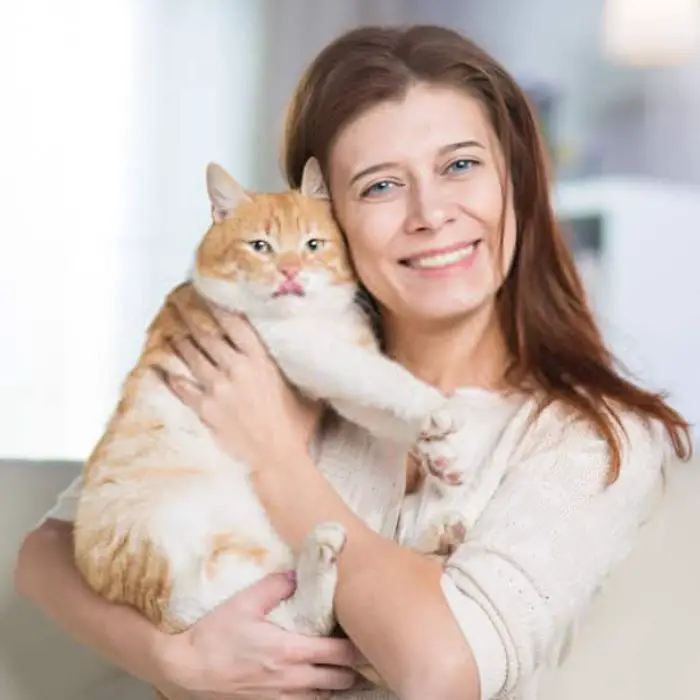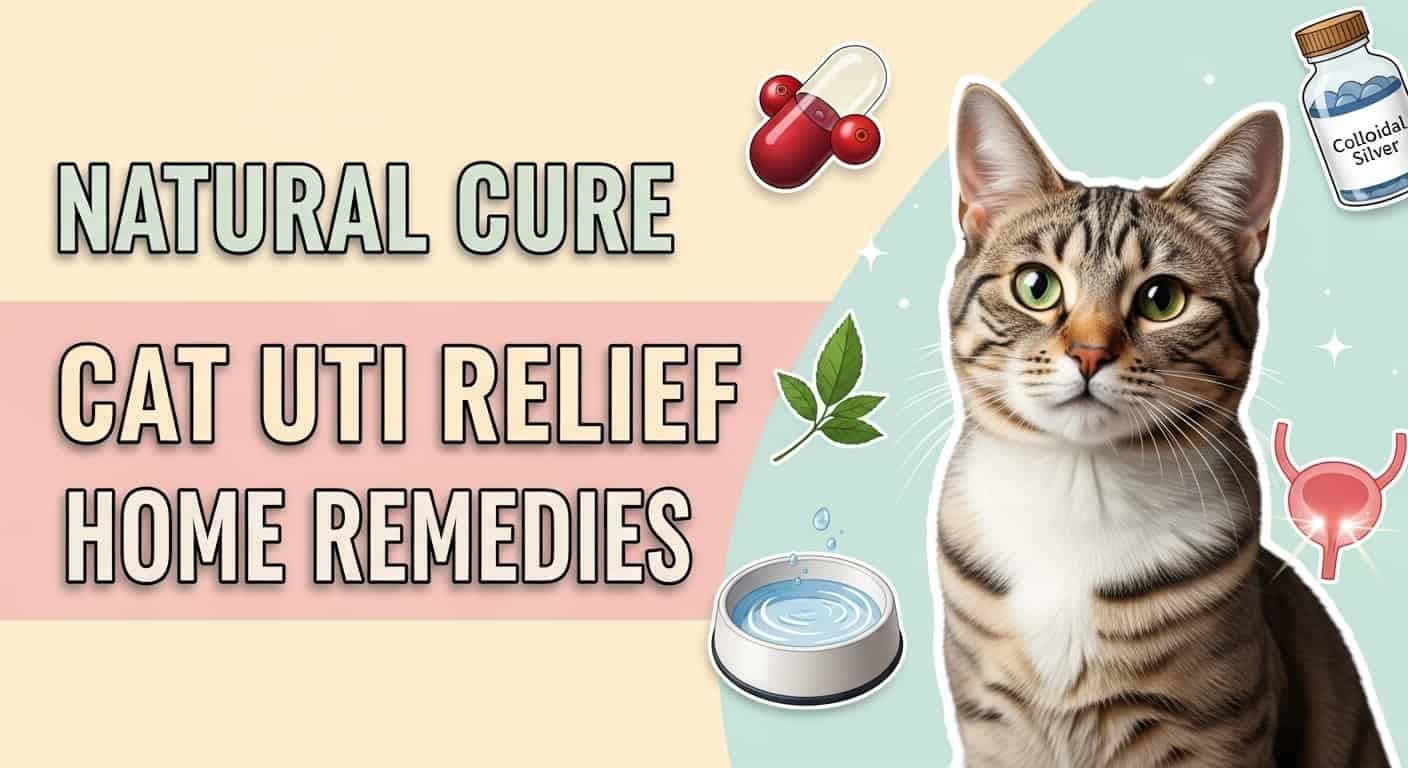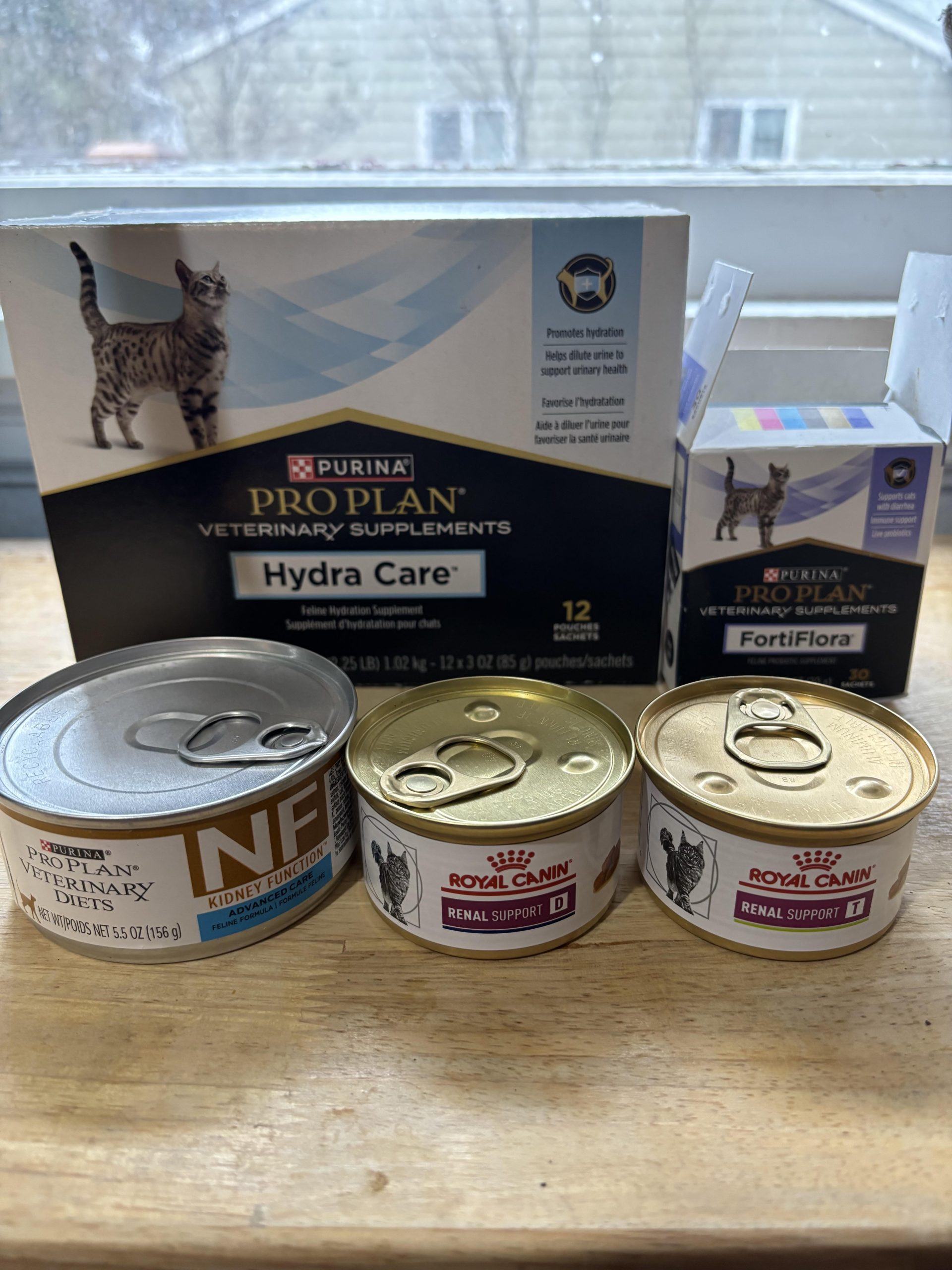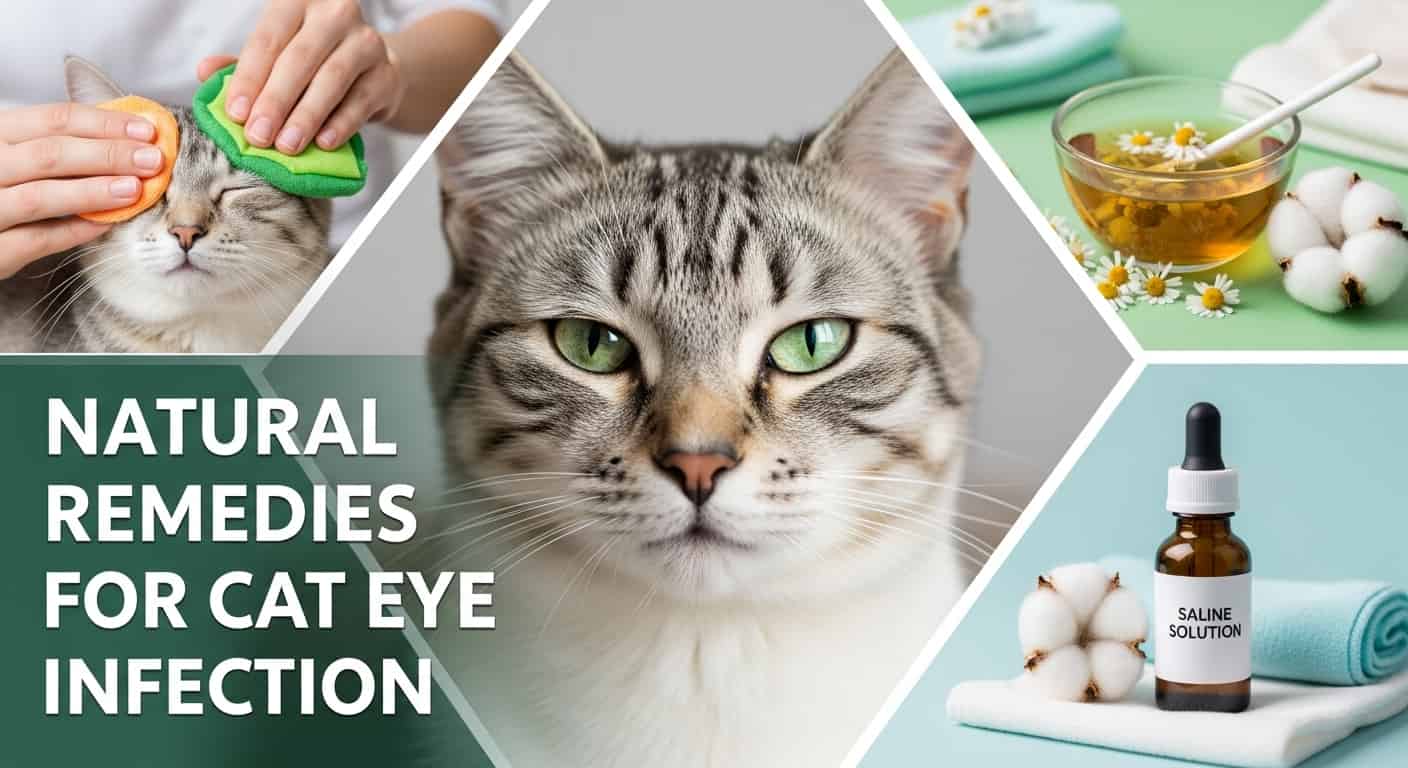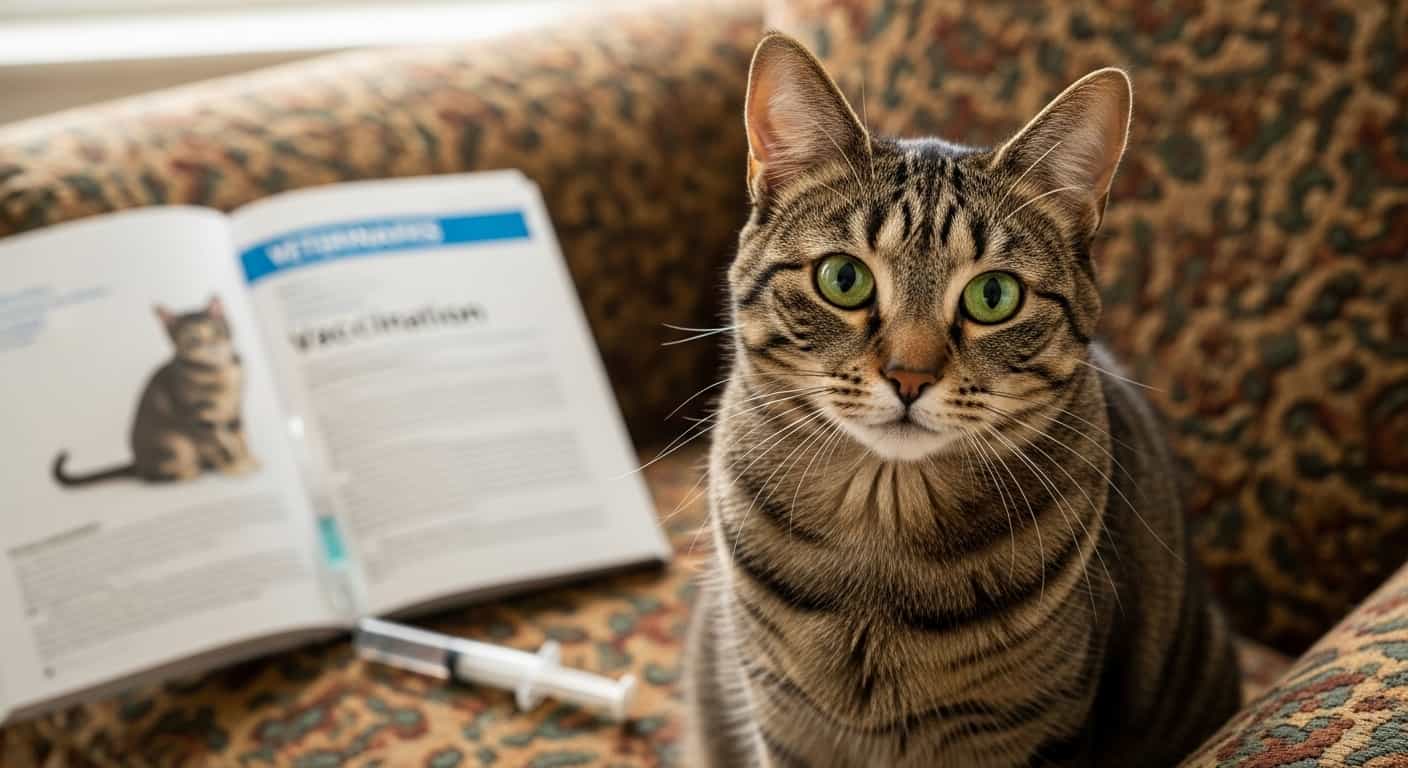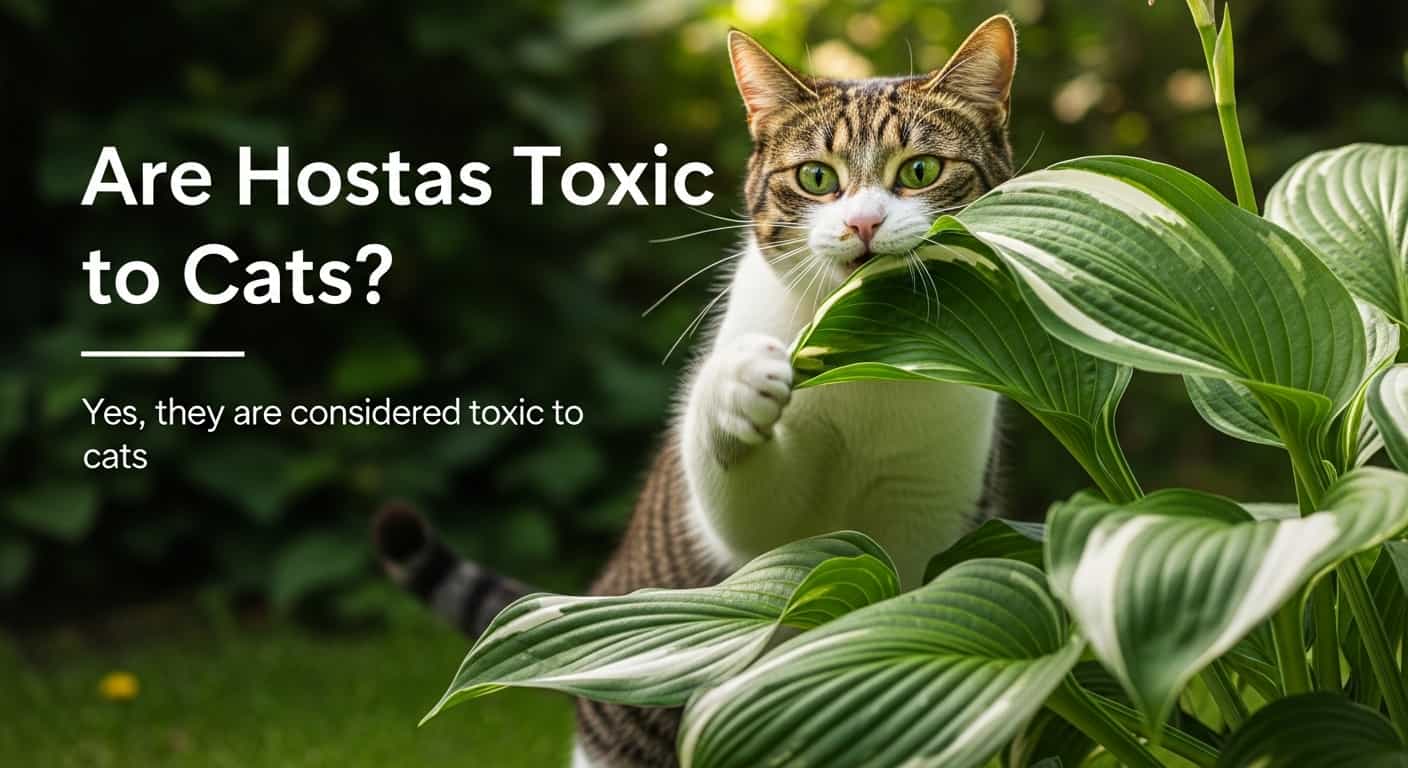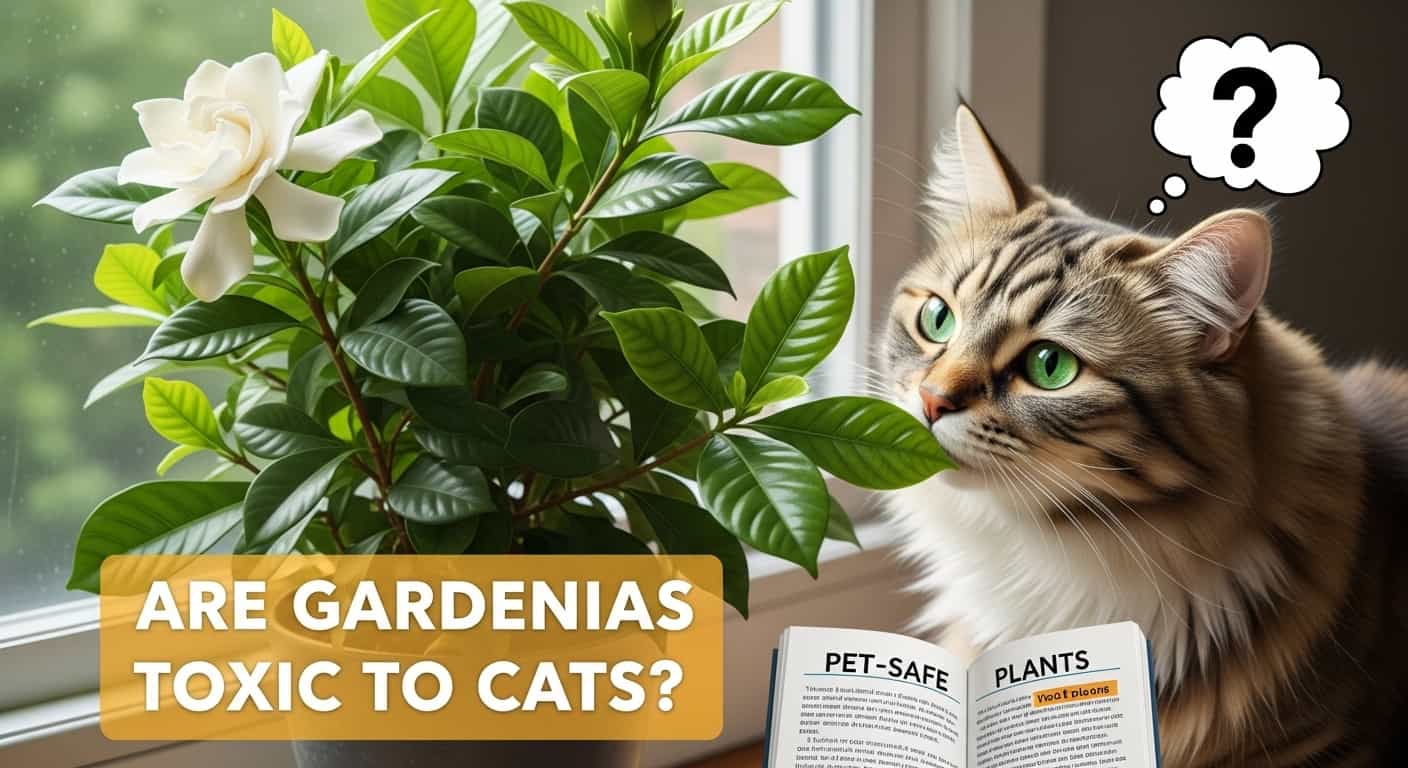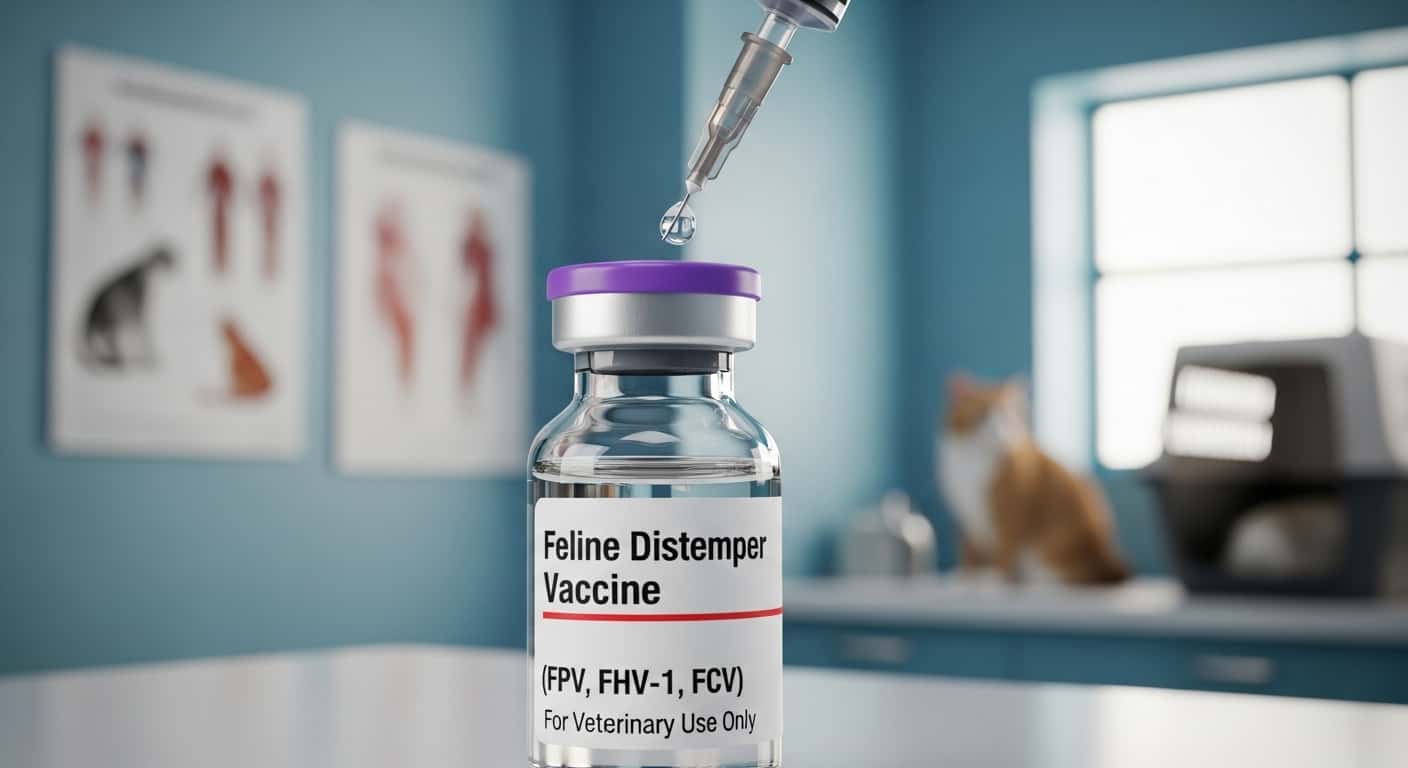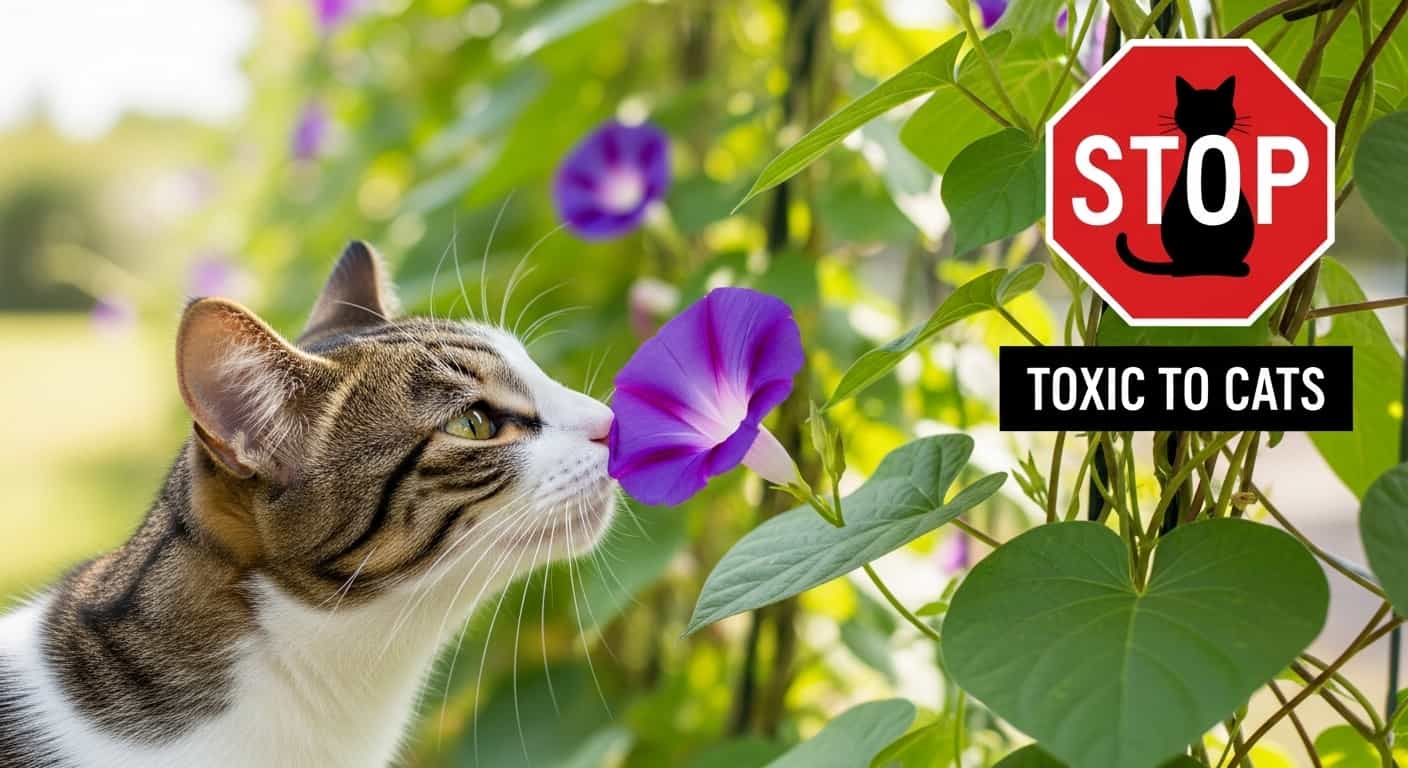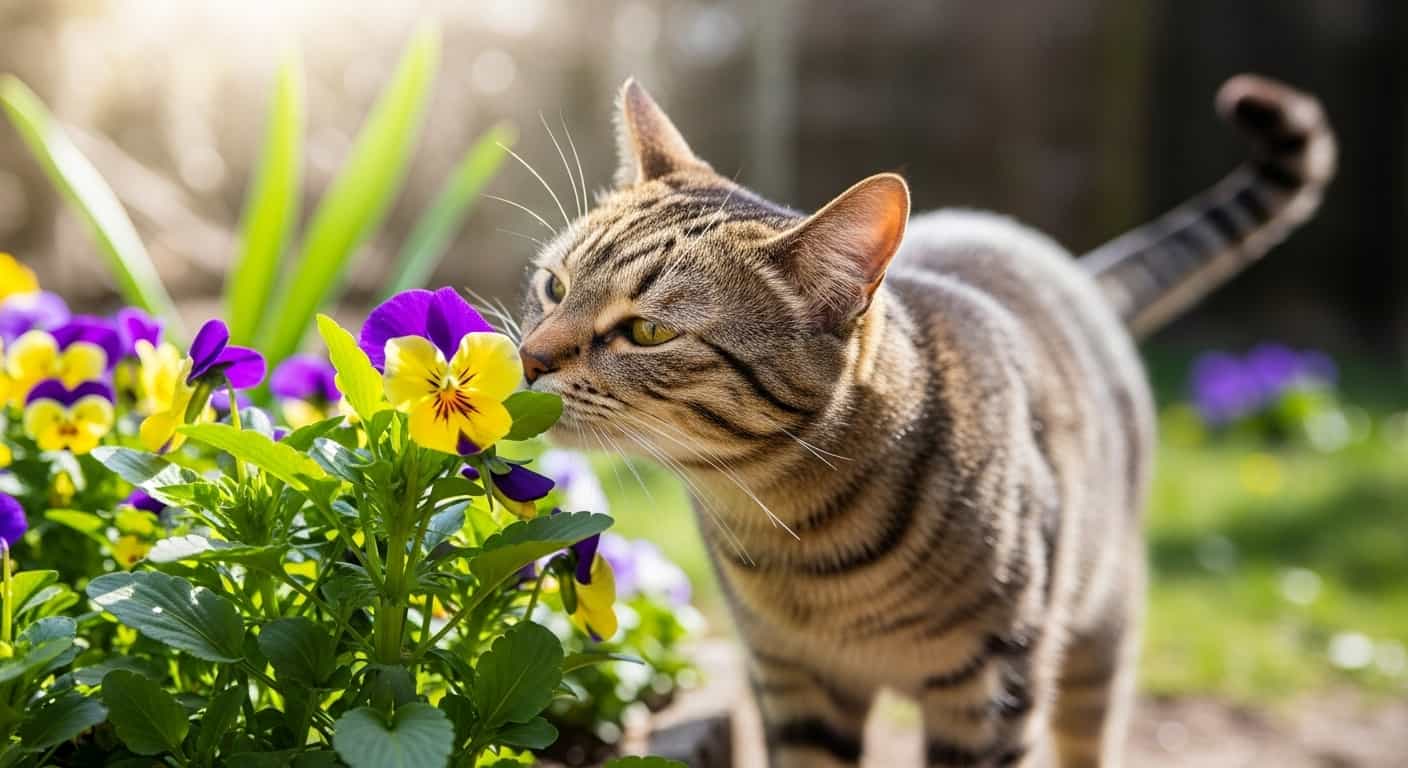Are you a cat owner with a green thumb? If you love filling your home with lush plants, but worry about the safety of your feline friends, you’re not alone.
Table of Contents
ToggleThe delicate balance between creating a vibrant living space and ensuring it’s pet-friendly can be tricky. One plant that often raises questions is the Hoya plant. Is it safe for your curious cat, or does it pose a hidden danger?
The answer could be crucial for your peace of mind and your cat’s well-being. Imagine the relief of knowing your favorite houseplant is harmless to your furry companion. Or, perhaps you’re facing the unsettling revelation that a popular plant could jeopardize your pet’s health. We’ll delve into the facts about Hoya plants and their potential toxicity to cats. By the end, you’ll have all the information you need to make informed decisions about your home environment. Keep reading to discover whether your cat can safely coexist with Hoya plants and how to create a harmonious living space for both.

Credit: hometoheather.com
Hoya Plant Characteristics
Hoya plants are popular for their waxy leaves and star-shaped flowers. They are not toxic to cats, making them a safe choice for pet owners. These plants add beauty to homes without posing a risk to furry friends.
Hoya Plant Characteristics Hoya plants, often referred to as wax plants, are beloved for their thick, glossy leaves and charming clusters of star-shaped flowers. These plants are not just a feast for the eyes but also a fascinating subject for plant enthusiasts. Understanding their characteristics can help you better care for them and ensure they thrive in your home.Growth Habits
Hoya plants are known for their climbing and trailing growth habits. They can easily wind around trellises or hang beautifully from baskets. This adaptability makes them perfect for both small apartments and larger homes. These plants are slow growers but very rewarding. With the right care, you might notice their vines stretching towards the light. A friend once told me how her Hoya transformed her living room with its gentle tendrils. Hoyas prefer bright, indirect light. However, they can tolerate lower light conditions, though they might grow more slowly. Are you providing the right light for your Hoya to flourish?Here's a related post that you might find useful. Natural Cure for Cat Bladder Infection: Effective Remedies That Work
Common Varieties
There are numerous Hoya varieties, each with its own unique appeal. Some popular ones include Hoya Carnosa, known for its waxy leaves and fragrant flowers, and Hoya Kerrii, often called the “Sweetheart Plant” due to its heart-shaped leaves. Hoya Pubicalyx is another favorite, admired for its dark, mottled leaves and clusters of pink flowers. Each variety offers a distinct charm, making it tempting to start a collection. When choosing a Hoya, consider the space you have and the aesthetic you want. Do you prefer the classic look of Hoya Carnosa or the quirky heart shapes of Hoya Kerrii? These characteristics and varieties make Hoyas a delightful addition to any home. Understanding their needs and growth habits can lead to a thriving plant that adds beauty and interest to your space. Why not experiment with different varieties and see which one becomes your favorite?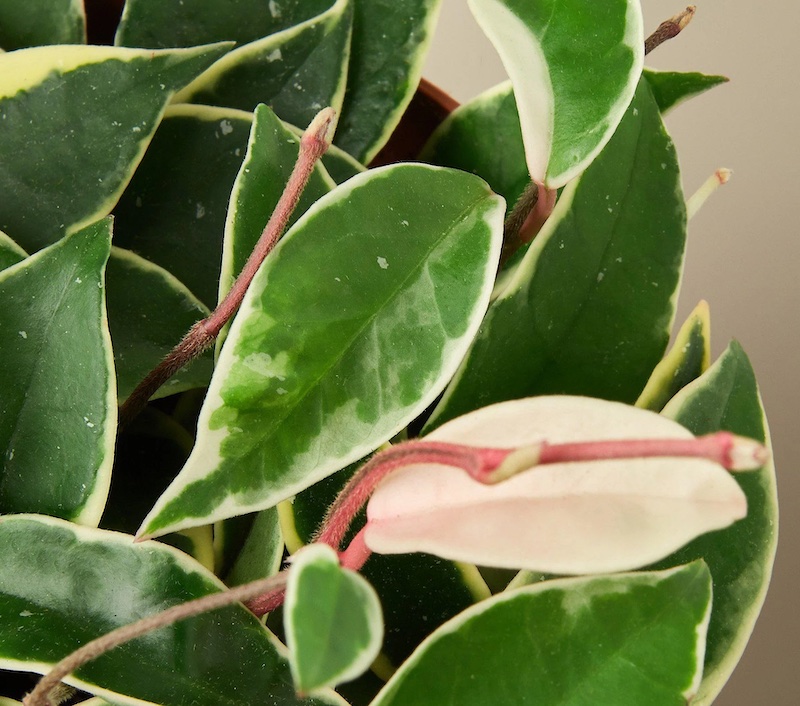
Credit: plantaddicts.com
Common Household Plants And Pet Safety
Many households enjoy the beauty of indoor plants. They add life to spaces and improve air quality. But pet safety is a concern for plant lovers. Not all plants are safe for pets. Some can be harmful, especially for cats. It’s important to know which plants are safe.
Plant Toxicity Basics
Plants can contain toxins. These toxins can be harmful to pets. Cats are curious and may chew on leaves. This can lead to health issues. Symptoms vary depending on the plant. Some cause mild irritation. Others can be more severe.
Understanding plant toxicity is crucial. Always check if a plant is safe for your pet. Research and read labels carefully. This helps avoid unwanted problems.
Why Pet Owners Should Be Concerned
Pets are part of the family. Their health and safety are a priority. Toxic plants can pose risks. Cats may suffer digestive issues or worse. Keeping toxic plants away is wise. It prevents accidents and keeps pets healthy.
Pet owners should be aware. Regular checks and updates on plant safety are vital. This protects furry friends and ensures peace of mind.
Here's a related post that you might find useful. VET WARNING: WORST Cat Foods for Kidney Disease! STOP Feeding This Now
Hoya Plant Toxicity Analysis
The Hoya plant, known for its waxy leaves and star-shaped flowers, adorns many homes. Its beauty often makes it a popular choice among plant enthusiasts. But cat owners might wonder about its safety. Understanding its toxicity is crucial for ensuring the well-being of your feline friends. Let’s delve into the specifics of Hoya plant toxicity.
Chemical Components
Hoya plants contain various chemical compounds. These include saponins and alkaloids. Saponins can cause mild irritation. Alkaloids may not pose significant risks. Their presence raises concerns about potential harm.
Reported Effects On Cats
There are few reports of Hoya plants affecting cats. Most cats show no symptoms after contact. Some might experience mild stomach upset. Symptoms include vomiting or diarrhea. These cases are rare and often resolve quickly.
Overall, Hoya plants are generally considered safe for cats. Monitoring your cat’s behavior around plants is always wise. Consult a vet if unusual symptoms appear. Your pet’s health is important.
Signs Of Plant Poisoning In Cats
Have you ever wondered if your curious feline could be in danger from your beloved houseplants? If you’re a cat owner who loves greenery, understanding the signs of plant poisoning in cats is crucial. Cats are naturally inquisitive, and sometimes their exploration leads them to nibble on plants that may be harmful. Knowing the symptoms can help you act quickly and protect your furry friend.
Physical Symptoms
Physical symptoms are the most immediate indicators that something is wrong. If your cat suddenly starts vomiting or has diarrhea, it could be a sign of plant poisoning. These symptoms often appear soon after ingestion.
Look for swelling or inflammation around the mouth. This can happen if your cat has chewed on a toxic plant. Drooling is another symptom, indicating irritation or distress.
In severe cases, you might notice difficulty breathing or seizures. This requires urgent attention from a veterinarian. Your quick action can be life-saving.
Behavioral Changes
Behavioral changes might be subtle but are equally important to notice. Is your usually playful cat suddenly withdrawn or hiding? This could be a response to discomfort or pain.
Watch for unusual agitation or restlessness. If your cat appears disoriented or is pacing without purpose, it might be experiencing internal distress.
Refusal to eat or drink is another red flag. Cats often show a decrease in appetite when they feel unwell. Keep an eye on their eating habits.
Have you ever had a scare with your pet and realized later the signs were there? Observing these symptoms can help you avoid future mishaps. Are you equipped to spot these changes in your cat’s behavior? Your awareness could make all the difference.
Preventive Measures For Cat Owners
Creating a safe environment for cats is vital for their health. As a cat owner, knowing which plants are safe is crucial. Hoya plants are generally considered non-toxic to cats. Yet, ensuring your feline friend doesn’t ingest them is wise. Preventive measures help keep your cat safe and your home harmonious.
Safe Plant Placement
Place plants out of reach. Shelves and high ledges work well. Cats love to climb. Ensure plants are on stable surfaces. Avoid placing plants near cat play areas. Hanging baskets can be a good choice. Secure them well to prevent accidents.
Alternatives To Toxic Plants
Choose cat-safe plants for your home. Spider plants are a good option. They are non-toxic and easy to care for. Cat grass is a popular choice. It satisfies cats’ curiosity and is safe. Herbs like basil and thyme are safe too. They add a fresh touch to your home.
Emergency Response For Plant Poisoning
Hoya plants are generally safe for cats, but ingestion can cause mild stomach upset. Watch for signs like vomiting or diarrhea. Seek veterinary advice if symptoms persist.
When your curious cat decides to nibble on your Hoya plant, it can be a nerve-wracking experience. While Hoya plants are generally non-toxic to cats, it’s always better to err on the side of caution. Knowing how to respond in an emergency is crucial. What would you do if your furry friend showed signs of distress? Here’s a step-by-step guide to help you act swiftly and effectively.Immediate Actions
If you catch your cat munching on a Hoya plant, don’t panic. First, remove your cat from the area to prevent further ingestion. Then, check for any plant residue in their mouth and gently wipe it away with a damp cloth. Keep a close eye on your cat for any unusual behavior, such as vomiting or lethargy. In my experience, even the most diligent cat owners can miss a sneaky bite. Once, my cat Max decided to snack on a new plant while I was in the next room. Quick action and observation kept us out of the vet’s office. Stay calm and focused on your cat’s needs.Veterinary Assistance
If you notice any symptoms like vomiting, drooling, or difficulty breathing, contact your vet immediately. Describe the situation and any symptoms your cat is experiencing. Your vet may ask you to bring your cat in for a check-up or provide advice on what to do next. Always have your vet’s contact information readily available. During an emergency, every second counts. You might also consider calling an animal poison control hotline for additional guidance. Do you have a plan in place for pet emergencies? If not, now is the perfect time to prepare. Knowing how to respond quickly can make all the difference for your cat’s health and safety. By preparing yourself with these simple steps, you can act swiftly and decisively in an emergency. Your cat will thank you, and you’ll have peace of mind knowing you’re ready for anything.Creating A Cat-friendly Environment
Creating a safe space for your cat involves knowing plant safety. Hoya plants are non-toxic to cats, making them a safe choice. Ensure these beautiful plants are placed out of reach to prevent any potential mishaps.
Creating a cat-friendly environment is essential for pet owners who want to ensure their feline friends are safe and happy. Cats are naturally curious and love to explore their surroundings, often nibbling on plants. This can pose a risk if your home contains toxic plants. By carefully selecting non-toxic greenery and enhancing the safety of your indoor space, you can create a sanctuary where your cat can thrive without worry.Choosing Non-toxic Plants
Choosing the right plants for your home isn’t just about aesthetics; it’s about safety too. Not all plants are safe for cats, and knowing which ones to avoid can make a big difference. Hoya plants, for instance, are non-toxic to cats, making them a safe choice for your home. Their waxy leaves and unique flowers add beauty to your space without the risk. Other safe options include spider plants, bamboo, and African violets. They not only brighten your home but also keep your cat free from harm. Do you have a favorite plant that fits the bill? Consider adding it to your collection.Enhancing Safety Indoors
Beyond selecting non-toxic plants, enhancing safety indoors requires some practical steps. Start by placing your plants in areas that are less accessible to your cat. High shelves or hanging planters work wonders. Keep an eye out for fallen leaves. Cats might chew on them out of curiosity, so regular cleaning is vital. Additionally, consider using deterrents like citrus peels near plants. Cats dislike the smell and will steer clear. Have you ever thought about rearranging furniture to limit access to certain areas? This simple change can protect your cat from potentially harmful spots.
Credit: www.reddit.com
Frequently Asked Questions
Are Hoya Plants Harmful To Cats?
Hoya plants are generally non-toxic to cats. However, ingestion might cause mild digestive upset. It’s always best to keep houseplants out of reach of curious pets. If your cat shows unusual symptoms after contact with a plant, consult a veterinarian for advice.
Can Cats Eat Hoya Plants Safely?
While Hoya plants are non-toxic, it’s not recommended for cats to eat them. Ingestion might lead to mild stomach discomfort. Always monitor your pets around houseplants and discourage them from chewing on leaves or stems to ensure their safety.
Do Hoya Plants Cause Allergies In Cats?
Hoya plants are unlikely to cause allergies in cats. However, individual reactions may vary. If you notice any signs of irritation or unusual behavior in your cat, consult a veterinarian. It’s important to observe your cat’s response to any new plant introduced into their environment.
How To Keep Cats Away From Hoya Plants?
To keep cats away from Hoya plants, place them in hard-to-reach areas. Use deterrents like citrus peels or pet-safe sprays. Providing alternative chew toys and distractions can also help. Consistently redirecting your cat’s attention will keep both them and your plants safe.
Conclusion
Hoya plants bring beauty to any home. Cat owners worry about safety. Luckily, Hoyas are generally safe for cats. They don’t contain harmful toxins. Cats may nibble on them out of curiosity. It’s wise to monitor your pets. Ensure they don’t eat plants excessively.
Providing safe, appealing toys can distract them. Always consult a vet if unsure about plant safety. Enjoy your lovely Hoya plant. Keep your feline friends protected. A peaceful home for everyone.

